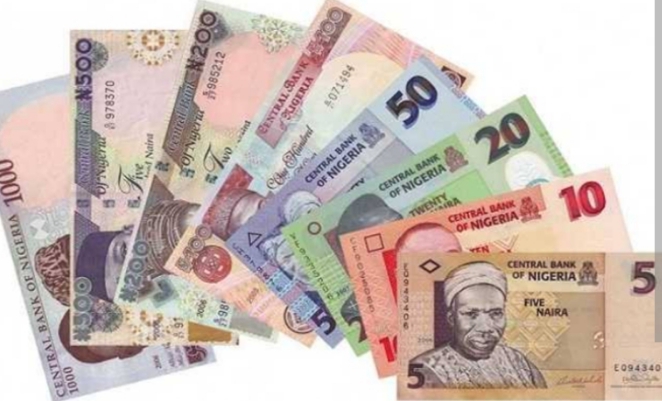Like any other nation, Nigeria has seen the contributions of numerous individuals to its development over the years. Icons such as Obafemi Awolowo, Funmilayo Ransome-Kuti, Wole Soyinka, Tafawa Balewa, Nnamdi Azikiwe, and many more have played vital roles. While some of these leaders have statues, libraries, universities, art centers, and museums named after them, a few have even made it to the faces of Nigerian currency.
The Nigerian currency consists of eight notes: the 5, 10, 20, 50, 100, 200, 500, and 1000 Naira notes. These notes have evolved in terms of size, color, and texture over time.
The Five Naira Note (#5)
The five Naira note is brown and features the face of Sir Abubakar Tafawa Balewa. He served as Nigeria’s first and only prime minister in the federal government.
On the back of the note, you’ll find a depiction of three traditional Yoruba drummers, representing a significant part of Yoruba culture.
The 10 Naira Note (#10)
The ten Naira note is orange in color and bears the image of Alvan Ikoku. As an educator, Ikoku established the first African-owned secondary school in Nigeria.
The reverse side of the note features two women carrying calabashes on their heads, symbolizing a part of northern Nigerian culture.
The 20 Naira Note (#20)
General Murtala Muhammad graces the face of the twenty Naira note. Murtala instigated several changes during his reign, including the relocation of Nigeria’s capital to Abuja.
The back of the note showcases Lady Kwali, renowned for her exceptional pottery skills.
The 50 Naira Note (#50)
A blue note featuring four Nigerians adorned in diverse cultural attire represents the cultures and peoples of Nigeria. The lone woman on this note represents the middle-belt region.
Depicted on the back of the note are three fishermen at work. This note is commonly referred to as “WAZOBIA,” with each syllable representing “come” in the three major languages of Nigeria.
The 100 Naira Note (#100)
The face of Chief Obafemi Awolowo, a staunch and influential advocate of independence, nationalism, and federalism, graces the front of the hundred Naira note.
The back of this note emphasizes the Nigerian people and their diverse cultures, particularly highlighting women from different cultural backgrounds.
The 200 Naira Note (#200)
The cadet-grey two-hundred Naira note features the face of Sir Ahmadu Bello. He played a significant role as the leading northern spokesman during Nigeria’s drive for independence from colonial rule.
The back of the #200 note showcases an image of a pyramid made up of sacks containing agricultural produce, fruits, and cattle, emphasizing Nigeria’s agricultural richness.
The 500 Naira Note (#500)
The bistre-colored five-hundred Naira note bears the face of Nnamdi Azikiwe, Nigeria’s first president after gaining independence.
On the reverse side of the note, you’ll find a depiction of an offshore oil rig, reflecting Nigeria’s heavy reliance on crude oil as a major component of its economy.
The 1000 Naira Note (#1000)
(MTN: 0172-1966-6067-35525)
The highest denomination in Nigeria, the one-thousand Naira note, exudes a shimmering gold color. It features the faces of Alhaji Aliyu Mai-Bornu and Dr. Clement Isong, the first and second indigenous governors of the Central Bank of Nigeria, respectively.

